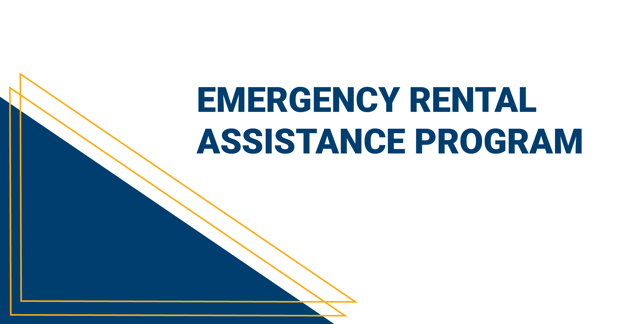3 things you should know about the Emergency Rental Assistance Program

Many states and municipalities are choosing to allocate some of their Coronavirus Aid, Relief, and Economic Security (CARES) Act to provide emergency rental assistance payments (ERAP) to tenants who have been unable to pay their rent due to income loss from COVID-19. Frequently, housing authorities have been charged with executing these programs and distributing funds to property owners.
There is a lot to take into consideration when deploying an ERAP program:
- The organization must be able to prove that COVID-19 directly impacted the tenant’s ability to pay their rent–typically through job loss, hours reduction, or furlough.
- Additional documentation should be collected to prove the tenant’s identity, the existence of a lease, monthly rent amounts, as well as proof of ownership of the property so that payments are made to the legal property owner.
- Additionally, your program must be audit-proof. As CARES Act funding is federal funding, your organization needs to be prepared to demonstrate the process for distributing funding, how eligibility determinations were made, and what steps were put into place to minimize or eliminate duplicative payments and payments made on behalf of ineligible applicants.
NMA has designed and executed ERAP programs on behalf of organizations across the nation. We can assist your agency in making key program policy decisions, setting up a web-based system for accepting and reviewing applications, establish payment procedures, and ensure that your program will stand up to audit.
Need help with your ERAP? We’re here.




